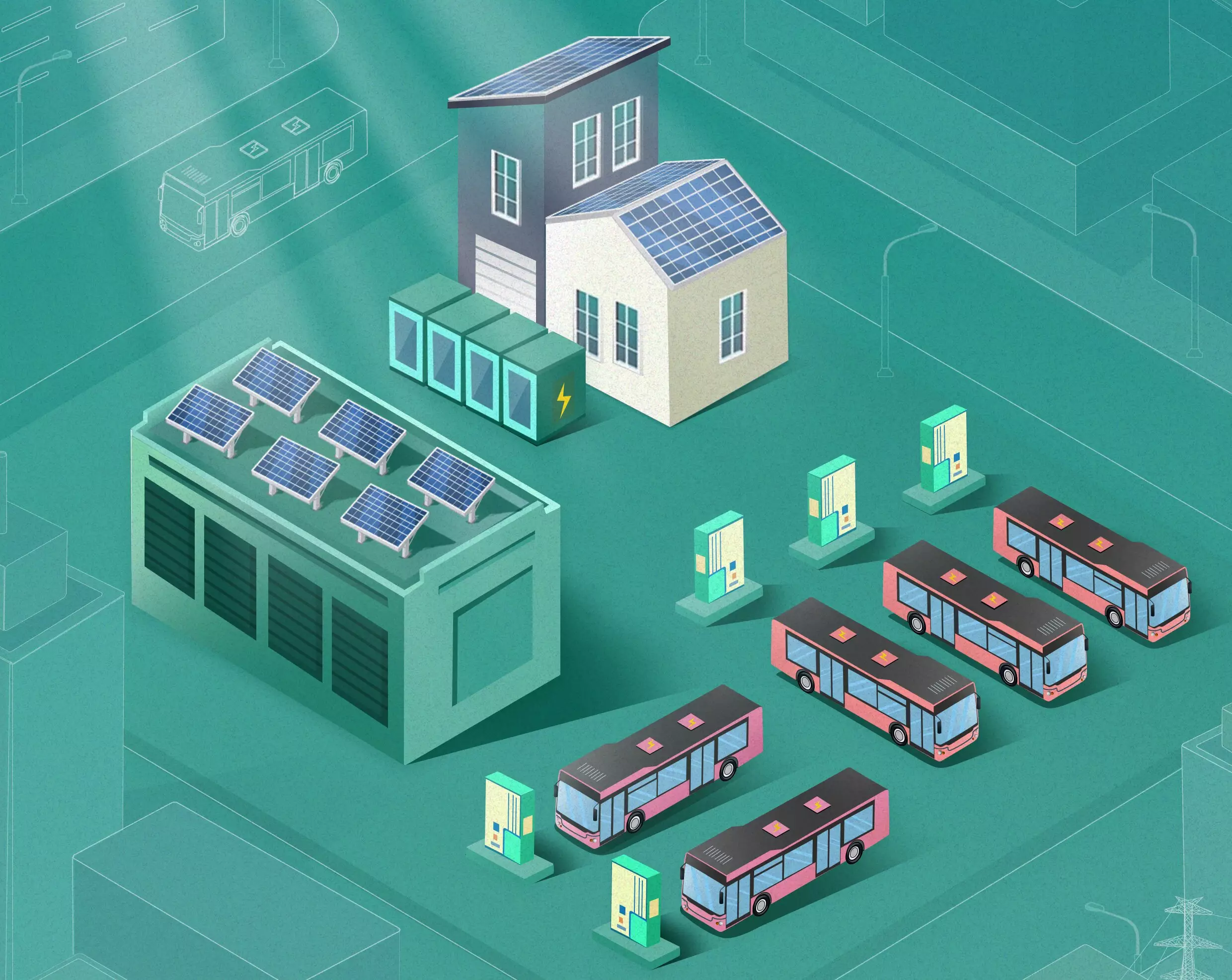Amid the relentless advance of climate change, the electrification of transportation is rapidly becoming essential for nations worldwide as they strive to cut carbon emissions. Among the frontrunners in this movement is China, which has been pioneering the adoption of electric buses (EBs) to modernize its public transit systems. While electrification promises considerable environmental benefits, such as the reduction of greenhouse gases, it also introduces new challenges, particularly concerning the capacity and integrity of electricity grids. This article will delve into recent research focused on addressing these challenges, particularly the potential for transforming public transport depots into renewable energy centers in urban areas, using Beijing as a foundational case study.
The Challenge of Increased Demand
As electric vehicle (EV) sales skyrocket—approximately 14 million units sold globally in 2023—cities face a dual dilemma: how to meet the rising demand for electricity and ensure the reliability of their power infrastructure. Xiaolei Ma, a co-author of recent findings published in Nature Energy, emphasizes how the increased demand for charging can lead to escalated operational costs for power providers and considerable stress on already burdened grids. The urgent need for sustainable and renewable energy sources becomes clear, demonstrating that transitioning to electric public transport cannot solely rest on the implementation of EVs without an accompanying adaptation of energy production strategies.
Researching the Electric Bus Transition
The research undertaken by Ma and his team at Beihang University is critical. They focus on a methodical approach to understanding how Beijing’s public transportation system could transition from fossil fuel reliance to an electric-based model over the next few decades. By leveraging extensive data on vehicle operations, environmental conditions, and the overall public transport network, the team aims to present a framework that integrates solar energy production with electric bus operations.
Their study utilized sophisticated simulations to predict energy consumption, charging requirements, and optimal battery capacities for a fully electrified fleet. They also explored how integrating photovoltaic (PV) systems into bus depots could maximize both energy efficiency and economic viability. This kind of data-driven analysis is vital to charting a sustainable path forward for urban public transport.
Benefits and Limitations of Renewable Integration
The findings from the research delineate encouraging projections for integrating solar PV technology within public transport depots. The simulations indicated that solar energy could significantly reduce the net charging load on the grid and peak demand for electricity, thereby facilitating a smoother transition to an electrified public transport system. Specifically, they noted a potential reduction in grid demand of 23% during solar generation hours, with energy storage capabilities amplifying this benefit.
However, the research does not overlook the economic implications of such transitions. Despite the profitability of solar PV systems, the need for storage solutions can diminish overall profit margins, underlining the complex economics associated with this energy shift. The researchers found that while solar PV generates profits well above its costs, adding batteries for energy storage curtailed those profits while amplifying the system’s capability to serve the grid’s needs.
The insights derived from this research carry significant implications for policymakers and urban planners beyond the context of Beijing. By showcasing the viability of converting public transit depots into renewable energy hubs, the study encourages similar initiatives in other urban centers. Such efforts could catalyze the development of strategic policies that promote renewable energy installations at large-scale consumption sites, such as EV charging stations and train depots.
As cities around the globe grapple with the realities of climate change, the findings from this research provide a robust framework for navigating the complexities of energy management in the face of transportation electrification. Policymakers equipped with this knowledge can make informed decisions that balance operational needs with sustainability goals, ultimately steering urban transport toward an environmentally friendly future.
While the pathway to electrifying public transport presents its share of challenges, the findings from the recent study illuminate a feasible and effective route to reduce carbon emissions. By integrating renewable energy sources into the infrastructure of public transport, urban centers can create a sustainable model that addresses both transportation needs and environmental responsibilities. Moving forward, collaborative efforts between researchers, policymakers, and industry stakeholders will be crucial in ensuring that electrification and renewable energy coexist harmoniously in our urban landscapes. As the world collectively attempts to mitigate the impacts of climate change, such initiatives represent not only hope but also a pragmatic approach to a more sustainable future.

